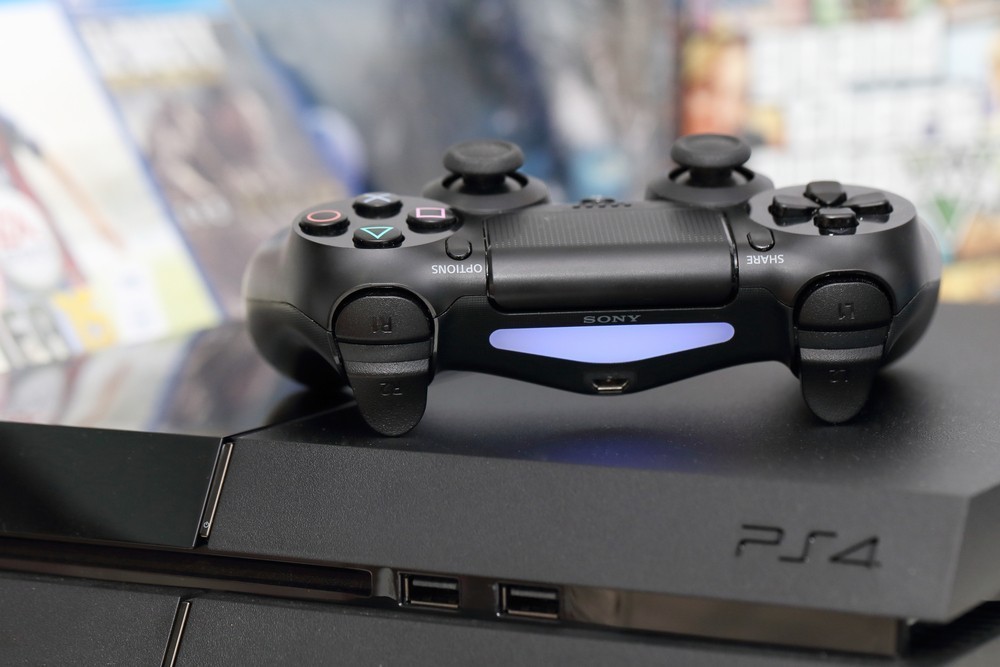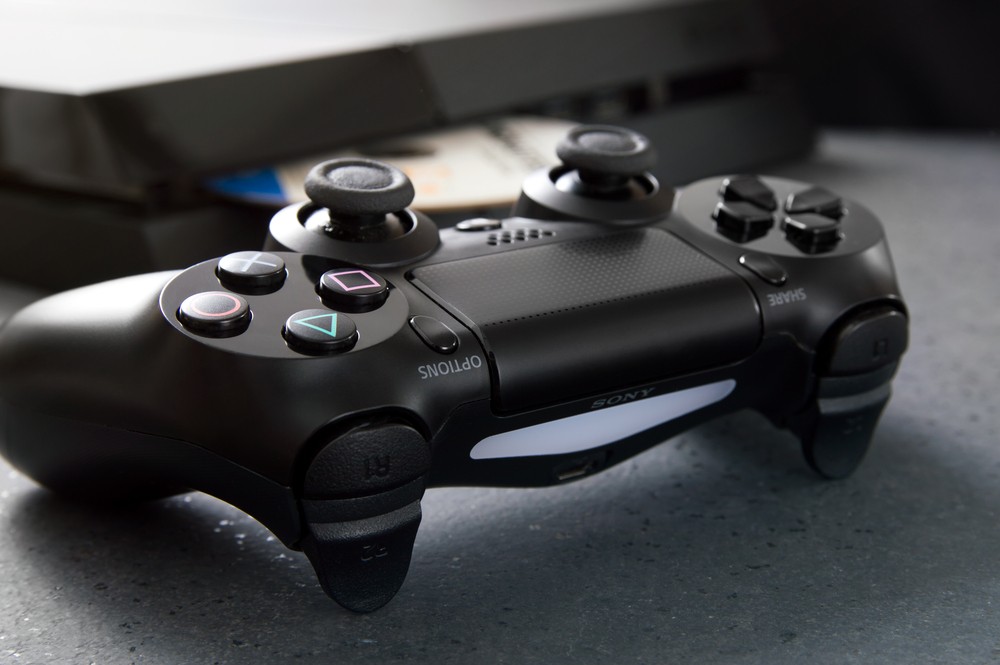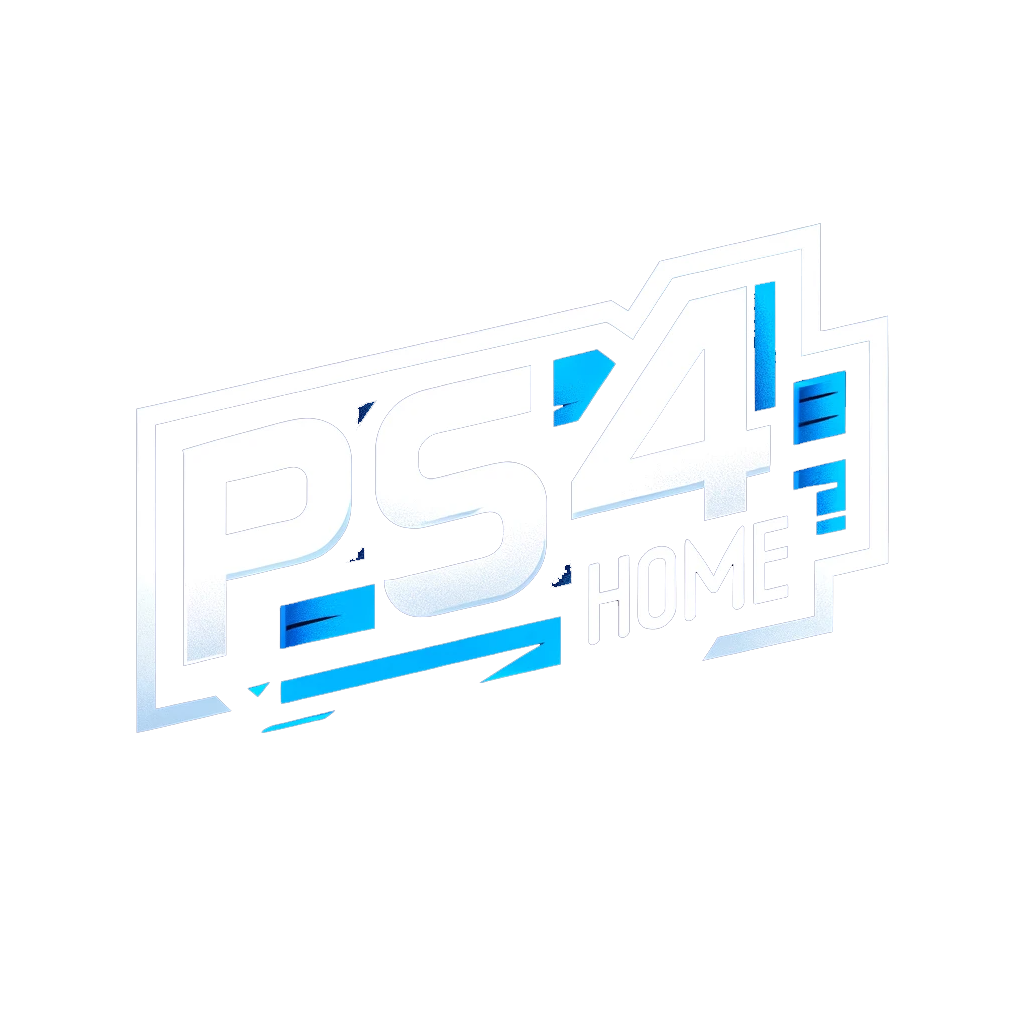So, another year’s E3 is firmly behind us. This time of year always makes us nostalgic; with all the gaming announcements relentlessly looking to the future, it’s natural for us to want to revisit the past a little. When better, then, to recap where our humble PS4 began, and the journey it’s taken in the four and a half years since its launch? We present to you a pocket-sized PS4 timeline, yours to cut out and keep.

Development on the PS4 began way back in 2008, but it wasn’t officially announced until early 2013, at the rather promisingly named PlayStation Meeting 2013. Lead architect Mark Cerny wanted to avoid some of the problems which had plagued the launch of the PS3; issues with production hobbled the launch of that console, causing it to be delayed several times before its eventual launch in March 2007.
We didn’t get our first glimpse of the original PS4 design until 2013’s E3 conference, when the console’s RRP was also released. The PS4 was to be technologically way more advanced than its PS3 predecessor, sporting a custom-designed AMD / Sony “Accelerated Processing Unit” (APU). Just like the PS3, it would come with a Blu-ray drive, built-in Wi-Fi and an Ethernet port for wired connections. Subsequent to E3, at a Gamescom conference in August 2013, release dates for the PS4 were announced: November 15th in the USA, and November 29th in many other territories.
Controller-wise, Sony wanted to ensure their new controller was ergonomically designed for all sorts of games. The company closely worked with Bungie, who developed the Halo games for Microsoft (and who, at that point, were working on Destiny) to ensure the DualShock 4 would be optimal for playing shooters.

A key part of the PS4’s infrastructure is the social element; Sony very much wanted players to be able to share screenshots and video from within the console, rather than using third-party applications to do so. With this in mind, the iconic “Select” button of the original DualShock was replaced on the DualShock 4 by a “Share” button, which would directly allow players to share screenshots and other media from within the game they were playing.
Unlike the troubled PS3, the launch of the PS4 went relatively smoothly. The original launch dates held fast, with no delays in sight, allowing Sony to market and release their console as originally intended. Many critics commented on the PS4’s perceived superiority to its closest rival, the Xbox One; the PS4 was capable of outputting much higher resolutions than the Xbox One, leading to direct comparisons favouring Sony’s machine. The launch wasn’t completely problem-free, though. Some regions reported shortages of the console, with the launch window proving a particularly difficult time for those who wanted to get a PS4 in time for Christmas. This was fairly quickly sorted by Sony, though, and was only one of a very small number of problems with the launch.
The PS4 launched with a number of titles available, including exclusives such as Knack and Killzone: Shadow Fall, which were intended to show off the capabilities of the system. These exclusives were accompanied by several non-exclusive games such as Need for Speed: Rivals and Injustice: Gods Among Us, which took advantage of the PS4’s advanced hardware to deliver enhanced experiences (these games were also released on previous-gen platforms, but didn’t look quite as shiny).

Of course, we know the rest. In September 2016, an enhanced version of the PS4, named the PS4 Pro, was announced. This version would have native 4K support and an expanded hard drive, as well as a few other extra options which would be added in subsequent software updates.
We hope you enjoyed this pocket-sized timeline of everyone’s favourite console. Let us know if we missed anything, or if you have any thoughts on where the PS4 is headed!
Jay is the Founder / Admin and Editor in Chief here at PS4 Home. Jay is dedicated to gaming, blogging & web enterprise.
If you like the effort I have put in to this site and the content, then feel free to see my Amazon wishlist. Highly appreciated.
